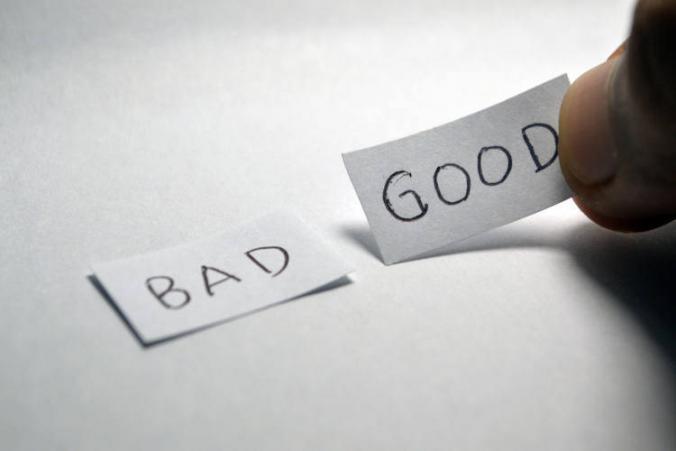Have you ever heard the term “structured settlement” as it relates to workers’ compensation claims or L&I claims? Ever wondered if it might make sense for your case?
The Stages of an L&I claim or Self-Insured Employer Workers’ Compensation Claim
I often describe claims as having three phases:
(1) The open and active phase. This is when a claim is open and the injured worker is actively receiving treatment. Here, the goal of the treatment is to cure their condition or improve the overall level of disability;
(2) The employability determination phase. In this stage there is an assessment of the injured worker’s ability to return to work given their permanent limitations;
(3) Claim closure. I usually tell people that all claims must close (with a few very rare exceptions). However, the main question is how they close.
Workers’ Compensation Claim Closure
Typically, claims close in one of three ways:
(a) Simple claim closure. In this case, the injured worker completely recovers and returns to work at the job of injury;
(b) Permanent partial disability (PPD) claim closure. This is when an injured worker fails to make a complete recovery but is capable of working; and
(c) Total permanent disability claim closure. This happens when an injured worker is permanently incapable of returning to work.
The description above covers most common cases phases of L&I claims and workers’ compensation cases. However, in general, there is another option for claim resolution through a structured settlement or CRSSA. The Department of Labor and Industries (L&I) describes structured settlement as an alternative to monthly time-loss benefits. Under this outcome, the injured worker and L&I agree to a sum of money that is received as a series of payments over a relatively short period of time. It’s important to note that medical benefits may continue for industrially related conditions.
Conditions and Requirements
Certain additional conditions apply for structured settlement. If you are an injured worker over 50 years old, and you have an accepted claim that is at least 180 days old, then you may qualify. Under the right circumstances, a structured settlement can be a very satisfying way of resolving a claim more expeditiously. From my experience, structured settlements make sense for injured workers who have become frustrated or tired of the claim process. They are also suitable for injured workers who have alternative sources of income, and have concrete plans for their financial future.
In my opinion, however, injured workers should never enter into a structured settlement because they are frustrated or desperate to resolve a claim. Injured workers should never feel like a structured settlement is their only option. It is only one of many options available under the Industrial Insurance Act and it may involve giving up other benefits. I strongly urge injured workers to consult with an experienced workers’ compensation attorney before agreeing to a structured settlement. In addition, you must remember that before it becomes final, the Board of Industrial Insurance Appeals (BIIA or Board) must review and approve the terms of the structured settlement.
Additional Resources
If you are looking for additional information, you can check out the following L&I flow chart. This chart can help injured workers better understand the various steps and process. Also, keep in mind that following Board approval, there is a 30-day revocation period in which any party may revoke consent to the settlement for any reason. L&I will continue to administer the claim and provide benefits during the time the Board reviews the structured settlement. Claim administration and benefits also continue with the 30-day revocation period.


